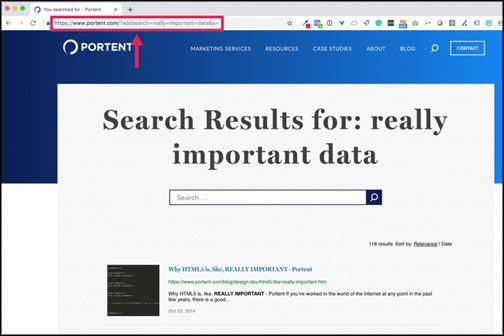Search is critical to business success. If this wasn’t apparent before 2020, it’s certainly clear now.
Generally, connected users spent more time than ever online in 2020 searching for products, answers, solutions and information. Consumers, spoiled by the likes of Google and Amazon, expect to quickly and easily find relevant products and information. Businesses must not only deliver fast and personalized search but also allow non-technical users such as product managers, brand owners and merchandisers to measure, manage and optimize the experience without depending on developers and IT.
A company’s investment in its site search is directly tied to its success, and a new survey from Algolia explores this topic. The “State of Search and Discovery” report, conducted by Algolia with ONR, is the first extensive market research on search and discovery tools. The report outlines the findings of a recent survey of 500 site search-knowledgeable professionals from the U.S., Germany, France and the UK.
Respondents from a variety of industries, from tech to retail to media, provided insight on a range of search-related topics, including investments in features, teams and tools, types of implementation, budgets and decision-making.
Some key findings reflect specific trends in software development, from the rise of composite apps and managed services to breaking down silos between dev and business. Other results detail how companies must strategically invest in search, because extra features and more people don’t always translate to higher financial returns. Here are some of the key findings:
Data Point No. 1: A quality site search experience for both end-users and internal teams drives success.
While site search has always been a key pillar of great UX, the survey found that making search tools easy to use for employee teams—more specifically, non-engineering teams—is even more important for quality search. This is no surprise; business teams (digital strategists, product managers, merchandisers, marketers and content editors) are the ones defining growth strategies for companies’ products or content.
Data Point No. 2: Successful site search is not an IT project.
The survey showed that financial success requires a cross-functional team. Not only does the direct engagement of business teams drive financial success, but it frees up precious IT/developer team time that can then go toward improving the core user experience of companies’ digital properties.
Data Point No. 3: Not just search: discovery.
The most implemented features are those supporting product and content discovery—filtering, personalization and recommendations—followed closely by mobile-optimized search and search analytics. Voice search, image search and A/B testing are quickly becoming table stakes. Companies with discovery capabilities are 2.2X more likely to realize high success from site search.
Data Point No. 4: Growing teams must be strategic.
Simply put, more engineers do not always mean more success. Organizations using in-house tools have overall larger teams, and while they reach average success relatively easily, getting to great is more complex. Those using third-party tools have, on average, smaller engineering teams and, when they choose to grow them, see direct correlation between engineering team size and success.
Data Point No. 5: More features is not always better.
Third-party tools see a continued increase in success as they add search functionality, while in-house tools don’t see higher financial returns after they develop 3-4 features. Whether that’s a function of more features affecting speed or relevance, or silos between developer and business teams is anyone’s guess, but one thing is clear: growing features ought to be strategic as well.
Data Point No. 6: It takes time to get results, and third-party tools get them faster.
Site search requires ongoing investment in teams, dollars, and time to test, optimize and adapt to user behavior feedback. Survey results show that overall, third-party tools deliver success sooner, and progress to high success at a faster rate.
Data Point No. 7: Increased investment in site search directly corresponds to financial success.
89% of respondents are either very satisfied or satisfied with the ROI from site search, and those who report high levels of site search success are 2.7x more likely to experience above-average growth rates. It is no surprise that 79% of survey respondents expect their site search investment to increase in the next 12 months.
Data Point No. 8: In summary …
As we move toward 2021, businesses will be taking a closer look at their digitization plans, and a key part of these plans is search. The above insights and best practices illustrate the connection between successful site search and a company’s growth. Businesses must ensure their site search is optimized from the inside out, empowering internal teams to tune, adjust and tweak as needed so that external users can easily discover, find and buy.
If you have a suggestion for an eWEEK Data Points article, email cpreimesberger@eweek.com.
